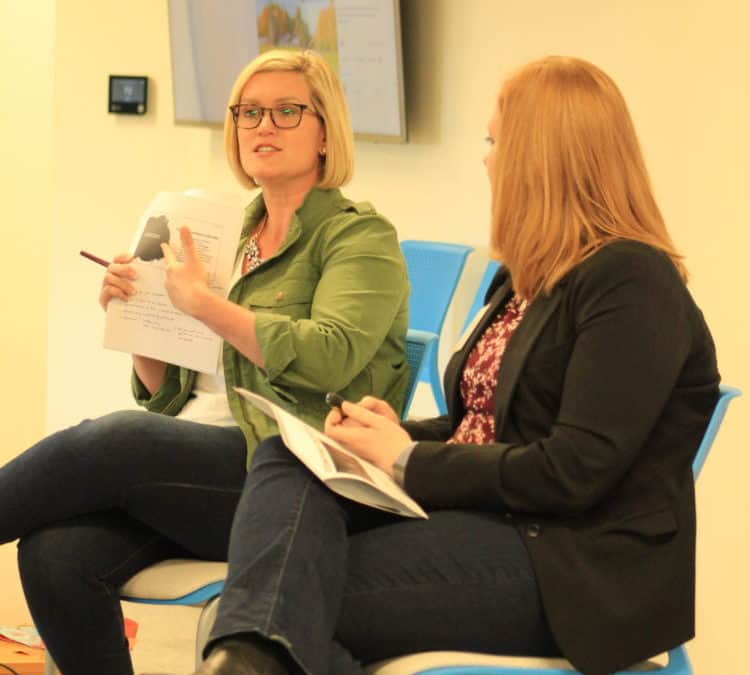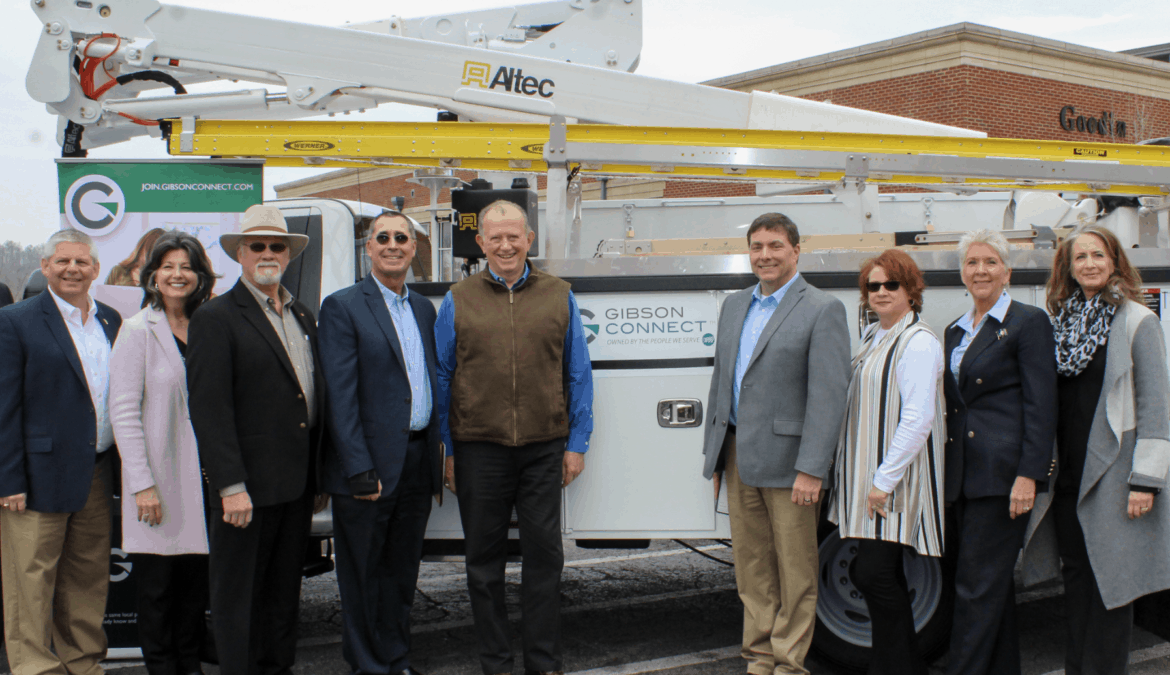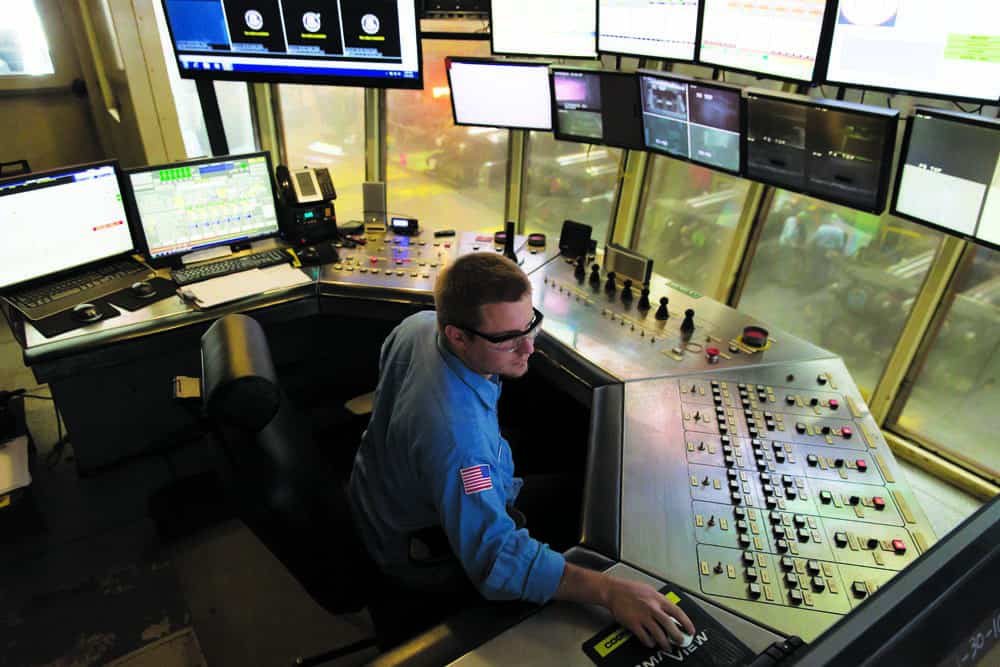COLUMBIA, Ky.– Today, U.S. Department of Agriculture (USDA) Deputy Under Secretary for Rural Development Donald “DJ”LaVoy announced USDA has invested $55.3 million in four, high-speed broadband infrastructure projects in rural Kentucky. These projects, part of the first round of USDA’s ReConnect Pilot Program investments, will create or improve rural e-Connectivity for more than 12,250 rural households and nearly 100 farms and businesses across Kentucky and northern Tennessee.
“High-speed broadband internet connectivity, or e-Connectivity, is essential today to run a successful business or agricultural operation, access specialized health care or education, and connect with loved ones living far away,”LaVoy said. “Under the leadership of President Trump and Agriculture Secretary Perdue, USDA has made the deployment of this critical infrastructure in rural America a top priority, because we know that when rural America thrives, all of America thrives.”
LaVoy announced the following investments in rural Kentucky:
- Ballard Rural Telephone Cooperative Corporation will use a $2.4 million ReConnect Program grant to deploy a fiber-to-the-premises (FTTP) network in rural McCracken County. The funded service areas include 578 households and a critical community facility spread over 20 square miles.
- Duo County will use an $18.7 million ReConnect Program grant to deploy a fiber-to-the-premises network in rural Adair, Cumberland and Russell counties. The funded service areas include almost 3,650 households over 45 square miles.
- Gibson Electric Membership Corporation will use a $32 million ReConnect Program loan to deploy a fiber-to-the-premises network in rural Fulton, Graves and Hickman counties in Kentucky, and in Dyer, Lake, Obion and Weakley counties in Tennessee. The funded service areas include almost 7,400 households spread over 1,056 square miles.
- Thacker-Grigsby Communications will use a $2.3 million ReConnect Program grant to deploy a fiber-to-the-premises network in rural Breathitt County. The funded service area includes 637 households spread over 109 square miles.
Background:
In March 2018, Congress provided $600 million to USDA to expand broadband infrastructure and services in rural America. On Dec. 13, 2018, Secretary Perdue announced the rules of the program, called “ReConnect,” including how the loans and grants will be awarded to help build broadband infrastructure in rural America. USDA received 146 applications between May 31, 2019, and July 12, 2019, requesting $1.4 billion in funding across all three ReConnect Program funding products: 100 percent loan, 100 percent grant, and loan-grant combinations. USDA is reviewing applications and announcing approved projects on a rolling basis. Additional investments in all three categories will be made in the coming weeks.
These grants, loans and combination funds enable the federal government to partner with the private sector and rural communities to build modern broadband infrastructure in areas with insufficient internet service. Insufficient service is defined as connection speeds of less than 10 megabits per second (Mbps) download and 1 Mbps upload.
In December 2019, Agriculture Secretary Perdue announced USDA will be making available an additional $550 million in ReConnect funding in 2020. USDA will make available up to $200 million for grants, up to $200 million for 50/50 grant/loan combinations, and up to $200 million for low-interest loans. The application window for this round of funding will open Jan. 31, 2020. Applications for all funding products will be accepted in the same application window, which will close no later than March 16, 2020.
A full description of 2020 ReConnect Pilot Program funding is available on page 67913 of the Dec. 12, 2019, Federal Register (PDF, 336 KB). To learn more about eligibility, technical assistance and recent announcements, visit www.usda.gov/reconnect.
In April 2017, President Donald J. Trump established the Interagency Task Force on Agriculture and Rural Prosperity to identify legislative, regulatory and policy changes that could promote agriculture and prosperity in rural communities. In January 2018, Secretary Perdue presented the Task Force’s findings to President Trump. These findings included 31 recommendations to align the federal government with state, local and tribal governments to take advantage of opportunities that exist in rural America. Increasing investments in rural infrastructure is a key recommendation of the task force. To view the report in its entirety, please view the Report to the President of the United States from the Task Force on Agriculture and Rural Prosperity (PDF, 5.4 MB). In addition, to view the categories of the recommendations, please view the Rural Prosperity infographic (PDF, 190 KB).
USDA Rural Development provides loans and grants to help expand economic opportunities and create jobs in rural areas. This assistance supports infrastructure improvements; business development; housing; community facilities such as schools, public safety and health care; and high-speed internet access in rural areas. For more information, visit www.rd.usda.gov.















